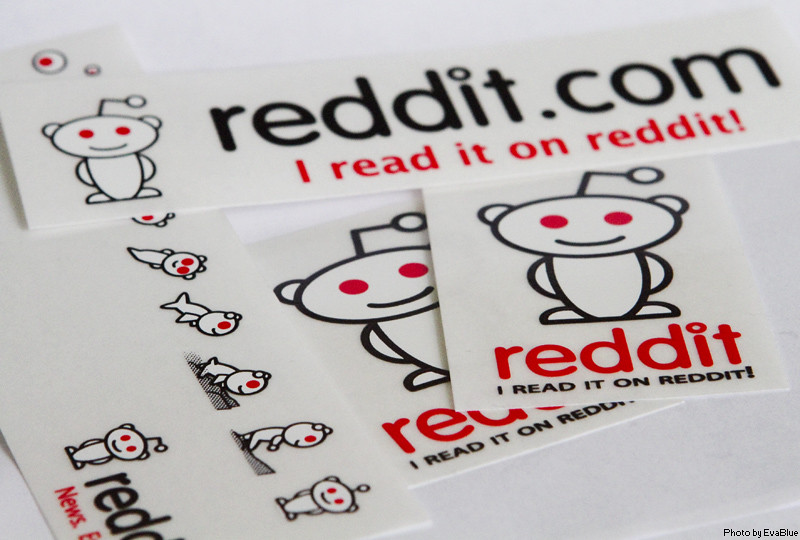For this post, I focused on quick reference guides. I wanted to know what these guides were designed to do, and how they accomplished this mission.
The purpose of quick reference guides is primarily to inform the reader. The author researched a particular topic in-depth, and now wants to convey what they learned to his or her audience. Often, that means explaining any controversy or current events related to the topic (to draw the reader in). Then, key questions the author expects his or her audience to have are explicitly addressed one at a time.
Quick reference guides are often found in news media. The article itself is a holistic summary of prior investigative reports. Thus, it is typically found in news analysis sections. One article I found was written in Vox, and another was in the New York Times International Business section. Since the article is in-depth and nuanced, it is best suited in a media where readers will be willing to sit down and read a single news item for an extended period of time.
The audience consists of people looking for detailed summaries about particular topics. The report is not quite investigative or original. A reader would not expect to find new tidbits of information that have never before been released. Instead, the article will do the research by going through dozens of articles, manuscripts and journals to give the reader a thorough understanding that would otherwise have required hours or days of research. Thus, the intended audience are people who want knowledge about a particular topic without the work typically involved in developing such knowledge. Typically, the audience is kept broad by making the article accessible to nearly anyone.
The genre is unique in that it is completely informative and supposedly objective and neutral. This is not the type of article that subjects readers to the author's opinions or biases. The genre provides answers to key questions using facts and systematic reviews of previous literature. There is very little persuasion attempted by the author, except to cite evidence as confirmation of the answers to the key questions posed. Thus, there are no appeals to emotion or distractions--the only difference between this genre and a typical literature review is that the article is intended for a broad, uninformed audience.
In short, quick reference guides are summaries for the broad, uninformed general audience. They catch you up to speed on topics you've likely seen in passing but perhaps never took the time to consider in-depth. By the time a reader finishes a quick reference guide, they are likely informed enough to keep up with new developments related to the field.
Reflections:
After reading
Sarah's and
Marisa's blog posts about video essays, I gained an appreciation for how different video essays are from QRGs. The active visual and auditory stimulation of a video essay can fully engross a viewer in a way that QRGs really can't. However, video essays are so easy to watch and require so much less attention from the reader that you could easily lose your audience if you don't constantly keep them interested. I think video essays might attract an audiences that will more quickly move on if you don't immediately capture and lure them into the video.








